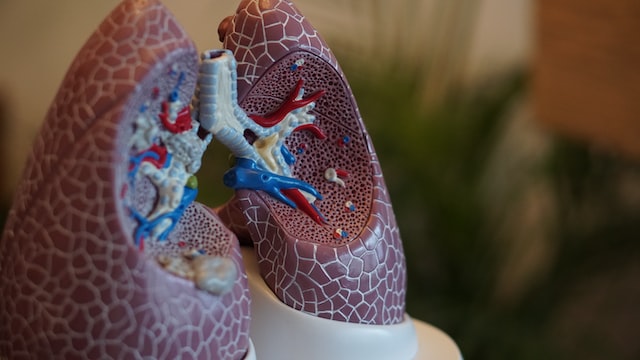Lung cancer is a leading cause of death among older adults, and it is important to take steps to reduce the risk of this disease for your aging loved one. The following are some tips to help you protect your loved one from lung cancer.
Quit Smoking
One of the most important things you can do to reduce your loved one’s risk of lung cancer is to help them quit smoking. Smoking is the leading cause of lung cancer, and quitting smoking can greatly reduce the risk of this disease. If your loved one is a smoker, encourage them to quit and offer support and resources to help them succeed. Quitting smoking can be difficult, but there are many resources available to help your loved one quit, including nicotine replacement therapy, prescription medications, and counseling.
It’s important to be understanding and patient with your loved ones as they try to quit smoking. Quitting smoking is a process and it may take multiple attempts before they are successful. By providing them with support and resources, you can make the process easier for them.
Avoid Second-Hand Smoke
Even if your loved one does not smoke, they can still be at risk of lung cancer if they are exposed to second-hand smoke. Second-hand smoke is smoke that comes from the burning end of a cigarette, pipe, or cigar, as well as smoke exhaled by a smoker. Second-hand smoke contains more than 7,000 chemicals, including at least 70 that can cause cancer. Encourage your loved one to avoid places where people smoke, such as bars and restaurants, and to avoid spending time with people who smoke.
As a live-in care provider, it is important to ensure that your client’s home environment is smoke-free. This means enforcing a no-smoking policy inside the home and making sure that no one smokes near the windows or doors. This will help to ensure that your client, as the person receiving live-in care, is not exposed to second-hand smoke and is protected from potential health risks.
Get Screened
Another important step in reducing your loved one’s risk of lung cancer is to get them screened regularly. Screening tests, such as low-dose computed tomography (CT) scans, can detect lung cancer early when it is most treatable. Talk to your loved one’s healthcare provider about the appropriate screening schedule for your loved one.
Screening for lung cancer is recommended for people who are at high risk of the disease. This includes people who are 55 to 80 years old, have a history of smoking, and currently smoke or have quit smoking within the past 15 years. If your loved one meets these criteria, it’s important to schedule regular screening appointments.
Eat a Healthy Diet
Eating a healthy diet can also reduce the risk of lung cancer. Encourage your loved one to eat a diet rich in fruits, vegetables, and whole grains. And to limit their intake of red meat and processed foods. Studies have shown that a diet high in fruits and vegetables can reduce the risk of lung cancer by as much as 20%.
Fruits and vegetables are rich in antioxidants, which can help to protect the body against cancer. They also contain phytochemicals, which are compounds that can help to prevent cancer. Eating a diet that is high in fruits and vegetables can also help to keep your loved one at a healthy weight, which can also reduce the risk of lung cancer.
Exercise Regularly
Physical activity is also important for reducing the risk of lung cancer. Encourage your loved one to engage in regular physical activity, such as walking, swimming, or cycling. Regular physical activity can help to reduce the risk of lung cancer by as much as 30%. Exercise can also help to improve your loved one’s overall

